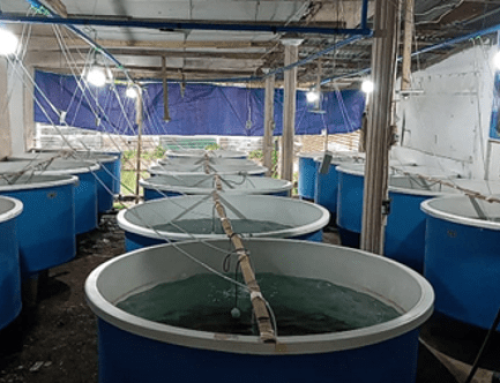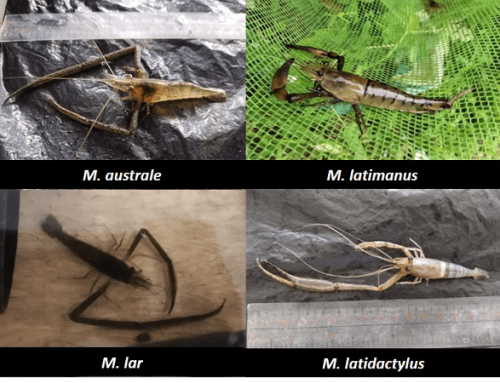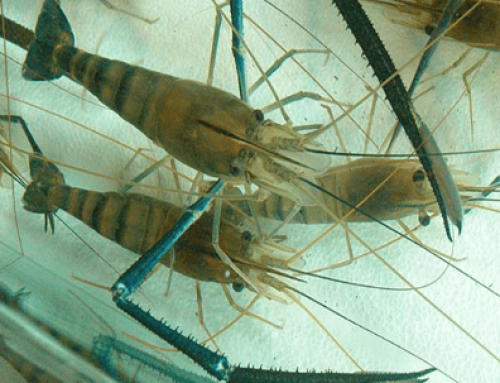In this Article

This project will investigate the potential role of Type VI Secretion System encoded by Vibrio-causing AHPND during shrimp infection. It has been shown that AHPND is caused by plasmid-encoded binary toxins V. parahaemolyticus Photorhabdus insect-related toxins (PirAVP and PirBVP). However, little is known about the pathogenicity and it remains unknown whether other virulent factors are present that might play important roles during shrimp infection. Interestingly, comparative genome sequence analysis revealed that Type VI Secretion System (T6SS) is the differentiating factor between AHPND-causing V. parahaemolyticus strains (AHPNDVP) and non-AHPND strains. Only AHPNDVP strains encodes T6SS, the V. parahaemolyticus not causing AHPND does not have T6SS. T6SS is a nanomachine used by gram-negative bacteria to inhibit the growth and kill by injecting toxins into target bacteria or eukaryotic cells.
To date, all of the studies on the disease-causing mechanism is on V. parahaemolyticus. Recently, however, other AHPND-causing Vibrio spp. were identified from affected shrimp populations, such as V. harveyi (Kondo et al., 2015), V. owensii (Lu et al., 2018), V. campbellii (Dong et al., 2017) and V. punensis (Restrepo et al., 2018). There is very limited AHPND-related information available for these strains. This proposed study aims to extend our understanding on how Vibrio spp. causing AHPND colonize and thrive in the shrimp.








